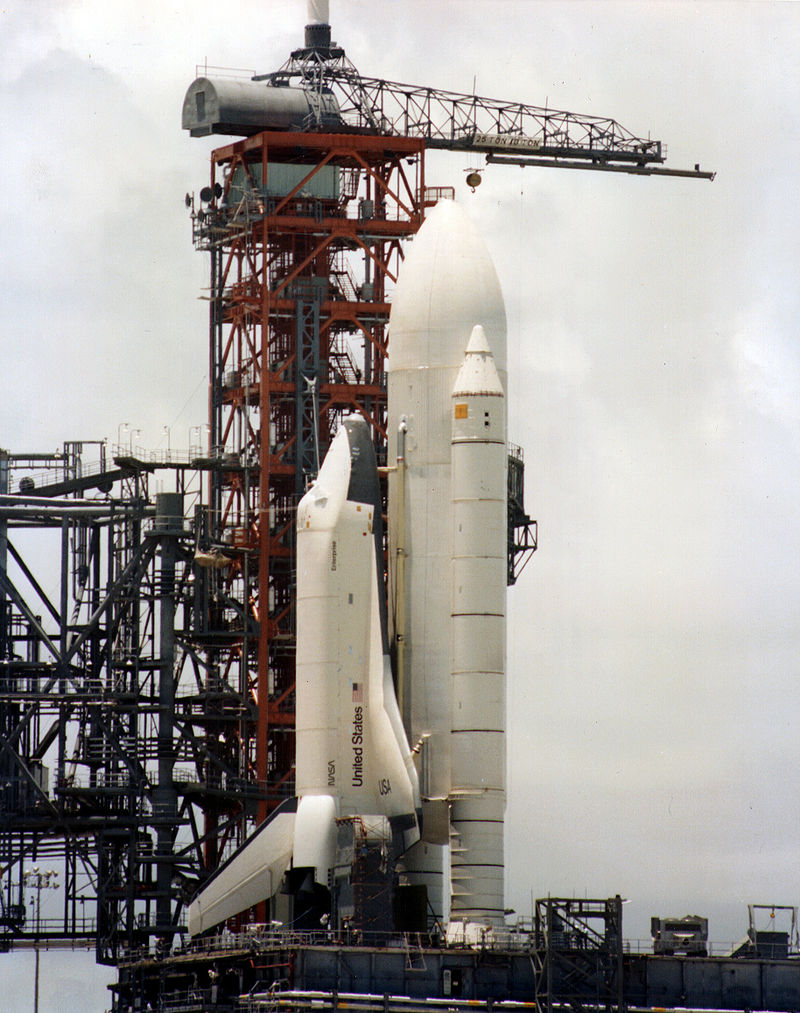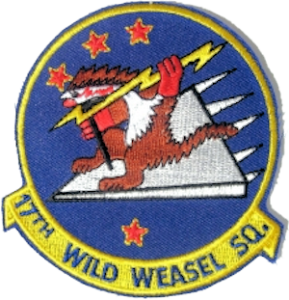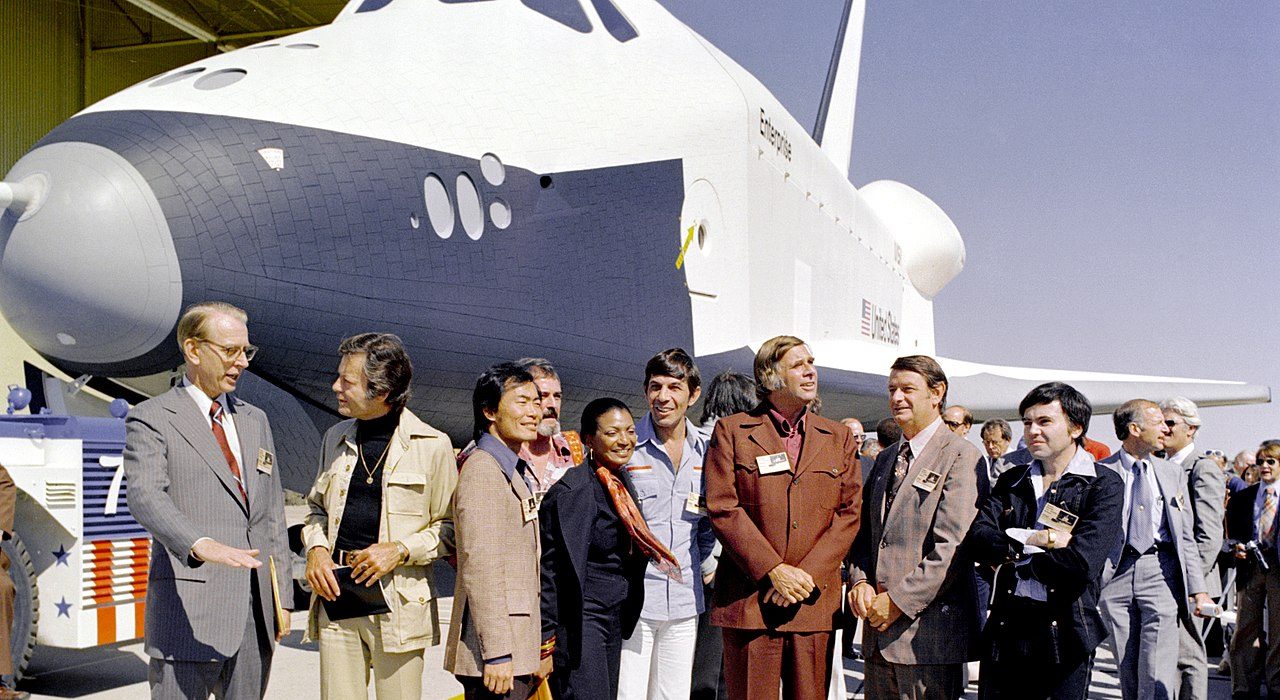September 17 in U.S. military history
1862: The Battle of Antietam (Maryland) – the bloodiest single-day battle in American history – opens between Confederate Army forces under Gen. Robert E. Lee and Union Army forces under Maj. Gen. George B. McClellan. After 12 hours of fighting, some 23,000 Americans are dead, wounded, or missing.
Though a strategic victory for the Union, the battle will prove tactically inconclusive for both sides.
1908: 2,500 people gather at Fort Myer, Va. to watch Orville Wright demonstrate his Wright Flyer to the Army Signal Corps. One of the propellers breaks during the flight, sending the aircraft nose-first into the ground, severely wounding Wright and killing his passenger, Lt. Thomas E. Selfridge. Although Wright survived the first-ever fatal aircraft incident, he would spend the next seven weeks recovering in an Army hospital.
1916: At 11:00 a.m. over Villers-Pouich, France, a German Albatros D.II fighter closes in on a Royal Air Force scout bomber and shoots it out the sky. Former cavalry officer Manfred Albrecht Freiher von Richtofen – the soon-to-be-infamous Red Baron – has scored his first victory for the German Luftstreitkräfte. Although he is now known for his red Fokker triplane, Richtofen was in the seat of an Albatros biplane for most of his 84 kills.
1944: Operation MARKET GARDEN, an enormous Allied Airborne operation during World War II (in fact, the largest parachute operation in history), is launched to seize strategically vital bridges in German-occupied Holland. After 10 days of fighting and many tactical successes, the operation will be deemed a strategic failure, and Allied forces will be ordered to withdraw.
1976: (Featured image) The cast of the television series Star Trek is on hand at Rockwell’s Palmdale assembly plant to witness the rollout of the brand-new Space Shuttle Enterprise. Originally named Constitution, a massive letter-writing campaign by Star Trek fans convinced the White House to rename the first shuttle after fictional Enterprise.

Series creator Capt. Gene Roddenberry flew B-17s during World War II. James Doohan also flew, as an artillery observation pilot for the Royal Canadian artillery – after “Scotty” fought his way ashore Juno Beach during the Normandy Invasion. DeForest Kelley (Dr. “Bones” McCoy) enlisted in the Army Air Forces during World War II and served in a motion picture unit. Leonard Nimoy (Mr. Spock) spent part of his career acting in the Special Services during his enlistment with the Army Reserve. During World War II, George Takei (Mr. Sulu) and his family were interred at a camp for Japanese Americans in Arkansas. His cousin and aunt were among the dead in the atomic attack on Hiroshima.
Featured image: The Shuttle Enterprise rolls out of the Palmdale manufacturing facilities with Star Trek television cast members. From left to right they are: Dr. James C. Fletcher (NASA Administrator), Kelley, Takei, Doohan, Nichelle Nichols (Lt. Uhura), Nimoy, Roddenberry), Congressman Don Fuqua, and Walter Koenig (Ensign Chekov).

Today’s post is in honor of the crew of CONDOR 01, an Air Force F-105 “Wild Weasel” jet shot down by an enemy surface-to-air missile while escorting a strike package to Hanoi. Both the pilot, Capt. Thomas O’Neal Zorn Jr. (24, of Waycross, Ga.) and electronic warfare operator 1st Lt. Michael S. Turose (24, Parma, Ohio), ejected from their aircraft over the Gulf of Tonkin on this date in 1972, but enemy fire prevented rescue crews from recovering the men. Zorn and Turose are memorialized at the Courts of the Missing in Honolulu.
